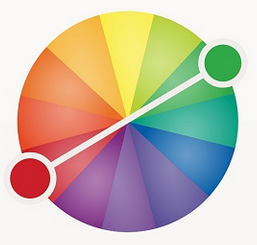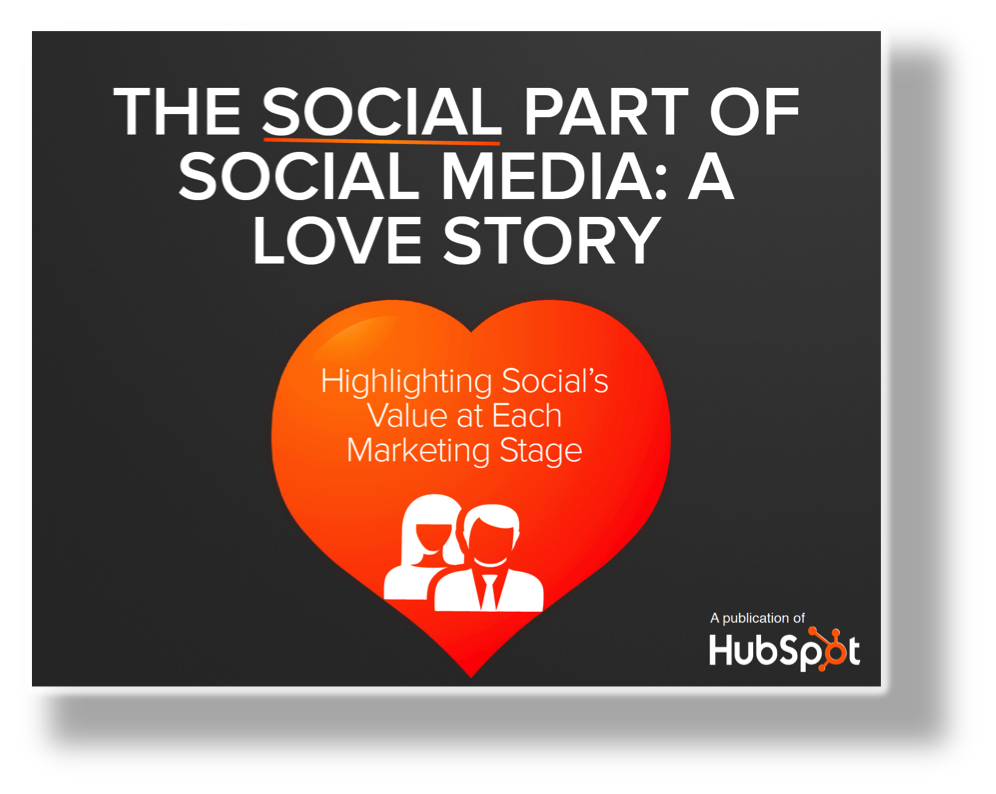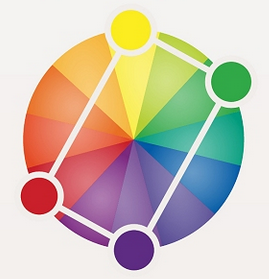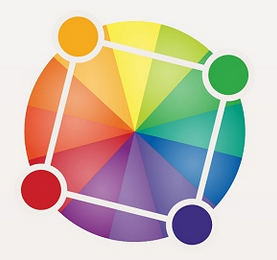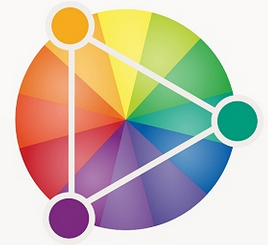July 15, 2013

Peter Piper is leveraging dayparting in new pilot program
Mobile provides marketers with new opportunties to take advantage of dayparting, or delivering marketing messages during precise time slots. However, doing it correctly requires a deep understanding of how mobile users are engaging with a brand, something a lot of marketers still do not have.
With mobile users having their devices within arm’s reach almost all the time, there are significant opportunities for marketers to reach an audience at a specific time of day. Dayparting not only enables marketers to deliver a timely message but also to maximize their media value and effectiveness.
“Dayparting provides mobile marketers another way to target the correct audience with the correct message,” said Doug Stovall, chief operating officer of Hipcricket, Kirkland, WA. “It should be a big focus.
“Mobile marketers are beginning to understand how to take advantage of dayparting, but they’re not fully there yet,” he said. “Some of that stems from the fact that a deeper analysis of the data is needed to present the correct message at the correct time.
“If you don’t know who is interacting or what message is resonating at what time, you can’t fine-tune your marketing around dayparts.”

Reaching users at the right time with an offer can be powerful
Rise and shineAs with every sort of media, there is a different audience at different times of the day on mobile. For example, a sandwich shop could deliver a coupon to nearby workers when they are thinking about what to do for lunch.
Marketers need to keep in mind that demographics change as do behavior, wants, needs or the ability to act. This is why marketers need to focus on developing a better understanding of how users are engaging with their brand throughout the day.
For example, some studies have shown that the first thing one-third of consumers do in the morning is reach for their phones.
This suggests there is an opportunity to reach these users with an appropriate message related to breakfast.
Hipcricket and Agency Moroch created a morning dayparted campaign for an international fast food giant that used local data feeds to serve a targeted ad unit based on users’ location in the early morning.
The ads provided information such as local traffic, weather and news along with a reminder to start their day with breakfast from the quick-service restaurant.
The campaign delivered more than 29 million impressions yielding over 300,000 customer interactions, for an average click-through rate of 1.07 percent.
“The campaign was highly successful because it matched the company and product with the needs of the consumer,” Mr. Stovall said. “Someone just waking up is hungry and needs important information to start their day.”
Owning 15 minutes Pizza chain Peter Piper recently rolled out a pilot program at several locations that uses dayparting to deliver lunch and dinner specific offers within a geofence (see story).
When developing a dayparting strategy, it is important to consider the product being marketed and if it is fit for a specific time of day. For example, do consumers want hot or iced coffee in the morning? What about in the afternoon?
“Tight dayparting can be strategic, but depends on the product,” said Eric Perko, associate director of media at Digitas, Boston.
“In quick-service restaurants, for example, certain products are only available during certain hours,” he said. “Dayparting allows brands to own 15 minutes when a customer decides what to eat.”
Contextual cues While dayparting offers significant opportunities, it is also important that marketers recognize that mobile can provide a number of contextual cues to fuel insights for targeting strategies. Location is a big one as well as type of activity.
With so much information available to marketers about mobile users, targeting users by time of day alone may not be the right strategy for some. Instead, dayparting should be combined with other cues to create a more personalized experience.
“The more cues we monitor, the more relevant our brand's messaging can be,” said. Megan McCurry, vice president and group media director at Digitas.
"Dayparting mobile using 'day-in-the-life' generalizations wrongly assumes consumers use mobile only at specific times,” she said. “Mobile's beauty is addressability, which enables marketers to customize messaging based on what individuals are doing right then, not based on what we guess generalized masses are doing.
“Mobile enables deeper sophistication than mass stereotyping."
Right time, right messageAnother consideration to keep in mind is the audience being targeted.
For example, teens are most likely not going to be awake at 6 a.m. during the summer. Or, for a happy hour effort, targeting those over 21 years old is important.
It is also important consider the desired action and if it is fit for a specific time of day.
Also, keep in mind whether or not the person will have time to interact.
“If the text’s call-to-action is ‘Test drive today,' and it’s sent out at 11 a.m. on a Tuesday, there probably aren’t many people who can afford a new car who can test drive one at that time,” Hipcricket’s Mr. Stovall said. “That message would be more appropriate on a weekend or at the end of the workday.
“In-depth interactions don’t work well during work-hour day parts,” he said.
“Watching a four-minute video at work is problematic. Watching a four-minute video while lying in bed isn’t.”
Final TakeChantal Tode is associate editor on Mobile Marketer, New York




